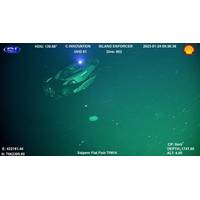
Oil and Gas Majors Start Next Phase of Pioneering OD OBN Project
solution for time-lapse seismic and subsidence monitoring of producing reservoirs with better data and the capacity to be placed on the ocean floor for up to five years without human intervention.The idea is that data from these nodes can be extracted using Sonardyne’s through water optical communications system to a nearby Autonomous Underwater Vehicle such as ‘Flatfish’ which was developed by Saipem and SENAI CIMATEC under another ANP funded program sponsored by Shell and Petrobras.This latest phase was confirmed by the signing of contracts between SENAI CIMATEC and Petrobras in August
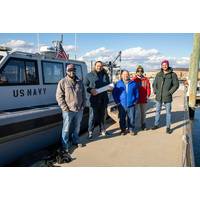
Bionet Sonar Tests Underwater Wireless Network at NUWC Division Newport
recently assisted Massachusetts-based small business Bionet Sonar by underwater testing its new wireless technology called HydroNet at the Narragansett Bay Test Facility for two days in February.HydroNet is an open, modular and programmable underwater modem that powers an autonomous wireless communications system bringing the internet underwater and empowering the network with artificial intelligence-driven, software-defined technologies.Its plug-and-play capability with remotely operated vehicles (ROVs), autonomous underwater vehicles (AUVs), and unmanned undersea vehicles (UUVs) creates a network
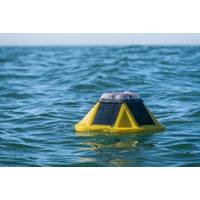
The Forecast for Weather-Spotting Technology
TWL&CC Forecast Viewer is validated using camera systems that track coastal flooding, along with wave buoys and pressure sensors that measure wave and water level conditions offshore,” Buckley said. Additionally, Sofar Ocean’s Smart Mooring links a directional wave buoy and its communications system with a pressure sensor mounted on the sea floor. This saves precious time and effort, Buckley explained. “Whereas researchers would normally deploy pressure sensors for several months before retrieving and downloading the data, the data is now available in real-time.”Sofar Ocean
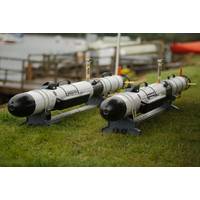
Sonardyne, SeeByte Advance UMS Navigation and Autonomy
2 underwater positioning system onboard Project Wilton’s ARCIMS uncrewed surface vessel (USV) and AvTrak 6 Nano telemetry and tracking transceivers to the team’s Iver 3 autonomous underwater vehicles (AUVs), which will be managed by SeeByte’s autonomous networked acoustic communications system.In addition, Sonardyne’s SPRINT-Nav instrument will also be integrated with the ARCIMS USV to provide an independent navigation reference in GNSS-denied environments.This project is designed to enable optimal uncrewed underwater vehicle (UUV) distribution for improved subsea communications
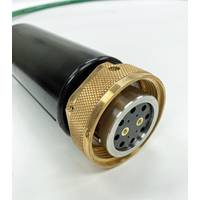
C-Power, Birns Connect on SeaRAY Autonomous Offshore Power System Demo
.Birns is supplying Birns Millennium subsea connectors and cable assemblies for the SeaRAY AOPS being deployed in Hawaii in the summer of 2021.C-Power has initiated commercial launch of the SeaRAY AOPS. The AOPS is an integrated offshore power generation, energy storage, data server, and communications system for support of unmanned mobile and static assets. It provides energy and bidirectional data transfer, which are essential for customers seeking to reduce costs, improve safety and unlock a wave of innovative capabilities for resident vehicles, sensor packages, and operating equipment
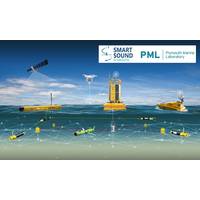
Fleet of Ocean Robots, Buoys, Set for Deployment Off Plymouth
Connect is funded through the Local Enterprise Partnership (Heart of the South West LEP) and delivered through the Marine Business Technology Centre, Plymouth." PML said.‘Smart Sound Digital’ will draw on the wealth of data being transmitted in real-time across this advanced communications system, to deliver a “digital twin” of the Smart Sound," PML added."This simulation of the natural environment, delivered by a large consortium of national partners led by PML and Plymouth City Council, will have numerous use cases, including advancing marine autonomy with
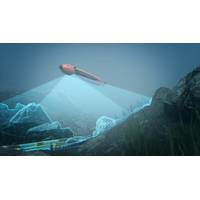
No Need for Mothership: Kongsberg Launches HUGIN Endurance AUV
extensive missions without the support of a mothership. Shore-to-Shore operations offer the opportunity to reduce carbon footprint for commercial activities and yet retain unrivaled data resolution and accuracy. "With this in mind, KONGSBERG has added its Maritime Broadband Radio (MBR) communications system to HUGIN Endurance’s payload, allowing it to surface and share large quantities of data swiftly with any suitably equipped installation, such as another vessel, shore station or a wind turbine fitted with an MBR antenna," Kongsberg Maritime said."For defense applications,
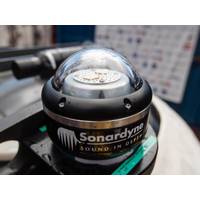
Austrlia DST Chooses Sonardyne's BlueComm
Australia’s Defense Science and Technology Group (DST) has acquired a BlueComm undersea communications system from Sonardyne International Ltd. as part of its ongoing program in maritime autonomous systems (MAS).BlueComm is the only commercial-off-the-shelf (COTS) technology that enables wireless transmission of high bandwidth tactical data, including video, over ranges of a few tens or even hundreds of meters, at rates of up to 10 megabits per second.With it, forces can vastly increase the communications capability of their underwater systems to drive faster, safer and better-informed decision
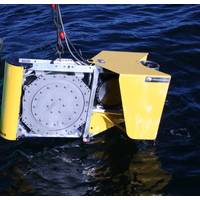
GeoSpectrum wins deal for Underwater Acoustic Comms System
GeoSpectrum was selected to deliver its Long-Range Acoustic Messaging (LRAM) system to another (unnamed) customer, following the recent delivery of LRAM equipment to the Canadian Government. The LRAM system is a through-water acoustic communications system optimized for robust operation over long range. It is designed to send acoustically encoded tactical messages from a user-controlled station to a submerged submarine or other underwater asset. Two-way communication can also be provided. The LRAM system provides the capability to covertly communicate with a submarine on an as-needed basis


 February 2025
February 2025





